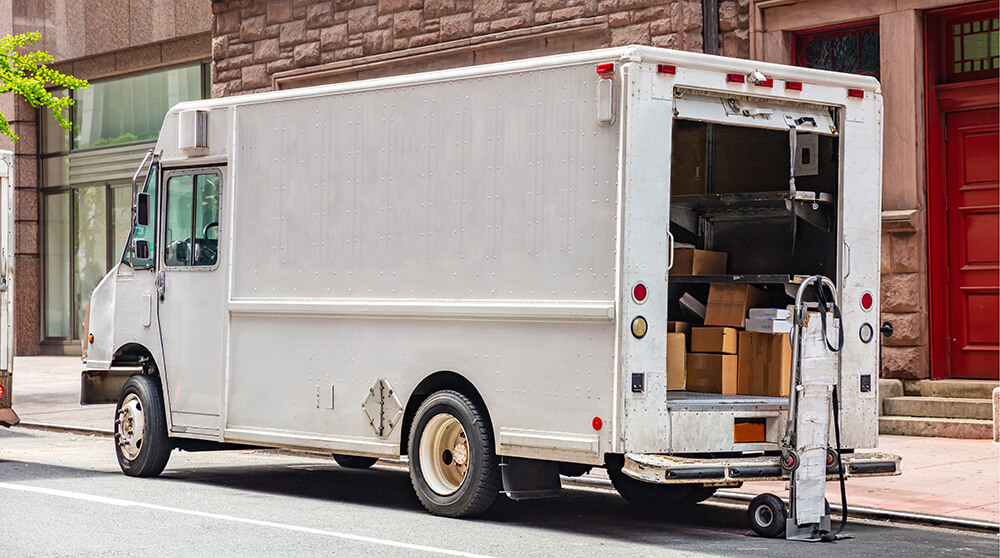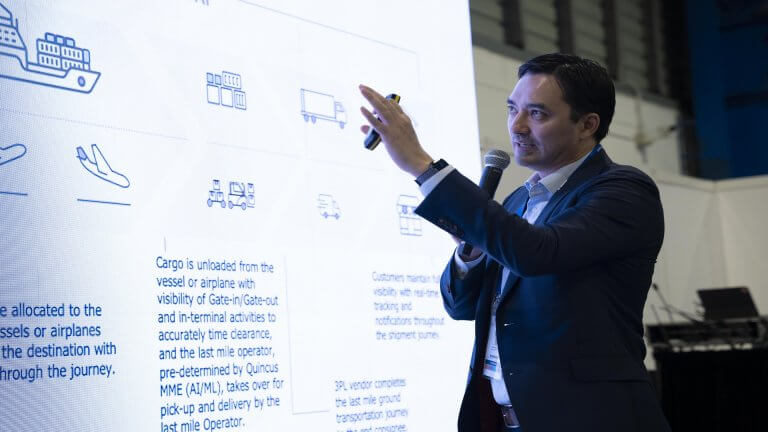
Geocoding and why address verification matters for e-commerce
The weight of inaccurate addresses: failed delivery and bad reviews
Faulty fulfillment derails e-commerce success. Aside from additional costs from refunds, future discounts, or waived shipping fees, a failed delivery can lead to lost business in the long run as negative impressions spread through word of mouth. But what’s the culprit of negative delivery experiences? Most result from errors created by your process or your customers and can be avoided by ensuring address accuracy from the get-go.
Research shows that just 3 negative reviews can drive away 60% of potential customers.
Inaccurate delivery addresses are a major cause of these failures: a study of global retailers found that it can cause up to 71% of delivery delays and 57% of failed deliveries. Making matters worse, one-third of those surveyed either did not perform address verification or expected couriers to perform it themselves. The results can be damaging, with order cancellations in 43% of cases and customers moving to competitors in 27%.
With online sales volumes continuing to grow in the wake of the pandemic, stepping up the focus on address correction and validation is critical for e-commerce players to maintain customer loyalty through a smooth last-mile experience.
Technology is key to untangling the address accuracy knot
Address accuracy and cart abandonment
Customers should not have to bear the burden of address inaccuracy. Overcomplicated or non-intuitive order forms can lead to cart abandonment. Studies show that almost 5% of e-commerce orders involve at least one error. On top of that, almost 60% of consumers are less likely to order from a retailer again if they have a negative delivery experience (whatever the cause). Automated systems are now available to catch errors and optimize issues, whether they involve unrecognized address formats, dropdown lists not containing key address details, text fields being too short to fit a full address, or something else. The onus is on the seller to provide as clean as possible an interface for address entry–and then verify the data. Not only is it smart and responsible, but enabling quick and efficient transactions boosts the likelihood of purchase to 75%.
Geocoding and validation
Geocoding solves this problem by automatically completing and validating addresses, before converting them into latitude/longitude coordinates. With on-demand access to this with Quincus’ geocoding technology, delivery drivers can access accurate recipients’ locations with little intervention needed. When intervention still proves necessary, our technology enables drivers to easily connect with customers for guidance through the same platform, easing the process and saving time. This is crucial in countries where address formats are often inconsistent or unstructured, and calling the customer for street-level directions is common practice.
Aside from helping to keep customers’ satisfaction high by getting deliveries to their doorstep with minimal hassle, geocoding serves as the first step to an optimized last mile.
Address accuracy unlocks delivery optimization
The effectiveness of route optimization is directly linked to the efficacy of geocoding. Although route planning software can maximize fleet productivity and savings by calculating the shortest and most fuel- and capacity-efficient routes for drivers, the algorithms driving this process can only shine when the address data provided is accurate.
Similarly, real-time tracking of packages–desired by as much as 93% of e-commerce users in a consumer study–depends on accurate geocoding. Brands that leverage tracking and proactive delay notifications receive higher ratings than brands that experienced no delays at all. Nearly half (47%) of consumers would not order again from a brand with poor delivery visibility and 96% of consumers expect accurate tracking. Geocoding is shifting from a competitive differentiator toward a fundamental requirement.
Much has been made of the high costs of last-mile fulfillment. As the post-COVID e-commerce boom continues, brands stand to rack up more of those costs from failed deliveries abroad than domestically. Using geocoding to ensure addresses are translated, corrected, verified, and pinpointed will help e-commerce players ensure customer satisfaction and profitability, particularly in emerging markets.
Take your first step toward optimized fulfillment with automated, high-accuracy geocoding. Generate your solution to get started.
Subscribe to keep up with our latest news









